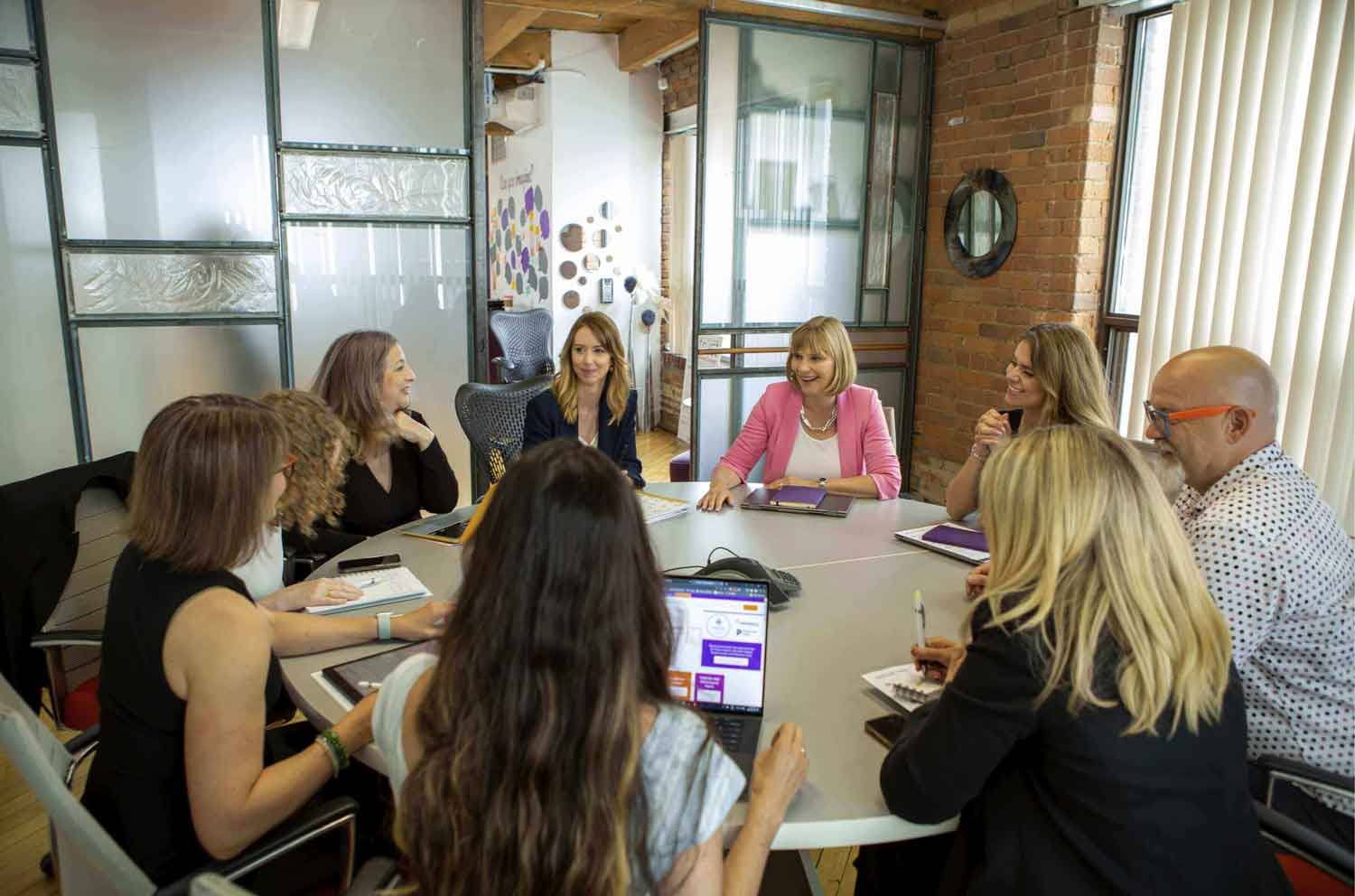In an increasingly global economy, a diverse workforce provides companies with competitive advantages. DEI (Diversity, Equity, Inclusion) is now a business priority for any progressive company.
While DEI has been on HR’s radar for decades, the last two years have really pushed it into the forefront, with the #MeToo movement and Black Lives Matter, as well as the challenges relating to the pandemic. There’s been a bigger conversation around the issues of racial and gender equality, LGBTQI+ representation and how neurodiversity fits into the workplace.
And, survey after survey shows us that employees want to work in an inclusive workplace. Your talent wants to feel valued, respected and safe to bring their whole selves to work. Quite simply, in 2022 and beyond, strong DEI initiatives will be crucial to attracting both talent and investors.
How can learning and development pros continue to push forward for a more diverse, equitable and inclusive workplace? Here are a few simple strategies.
1) Build the Business Case
The sad, everyday reality of business is that it’s, well, business. If you’re frustrated by the lack of headway your company is making around DE&I activities, it’s time to “show ‘em the money.” Clearly explain why diversity, equity and inclusion matters; assess it; measure it and create a clear strategy that shows bottom-line impact.
(And, FYI, the case for building a culturally diverse and gender-balanced workforce is clearer and stronger than ever. Gartner research says that organizations that implement diversity networking programs are 3.4 times more likely to report they are effective at increasing opportunities for talent mobility. They also reported that 76% of employees and job seekers say a diverse workforce is important when evaluating companies and job offers. Companies who embrace DEI initiatives have a first-mover advantage to attract great talent globally.)
2) Be intentional and Strategic
In this outstanding TED Talk, Dr. Kristen Donnelly reminds us that “Diversity is reality, inclusivity is the goal, and tolerance is the cheap imitation of both.” Diversity cannot be achieved in a workshop, so watch out for quick-fix strategies. A 90-minute lunch-and-learn on biases may increase tolerance, but it is probably not going to get you the sustainable changes you need to make or deliver results. Instead, make wise, strategic investments.
Additionally, L&D professionals should ensure that inclusion is reflected in their learning and mentoring programs. When looking at candidates, consider a diverse cohort of cross-functional peers.
3) Switch to a Collaborative Leadership Model
The “hub and spoke” approach to team leadership, where leaders hold the responsibility of decision-making, belongs in the Jurassic era of management. It effectively inhibits way of creating inclusive cultures and encouraging diversity of thought.
Instead, when we see a team as a holistic group where the leader is part of the system, we create space to explore ideas, support each other and expand our capabilities both individually and collectively. Shifting from a hierarchical model to a more collaborative, collective (and inclusive!) approach to problem-solving within the team increases engagement and participation as ownership for the team is shared.
If you’re curious about how The Roundtable can help your organization develop a culture where leaders can support each other through coaching and mentoring, let’s start a conversation. And, be sure to download our 2022 L&D Trends Report for more insights into the issues affecting L&D professionals in the year ahead.




